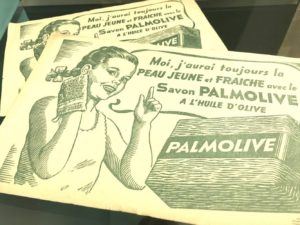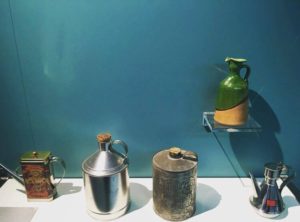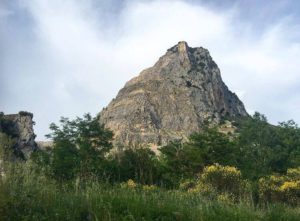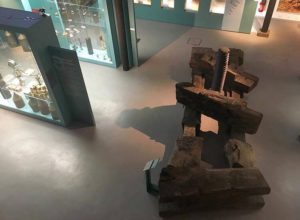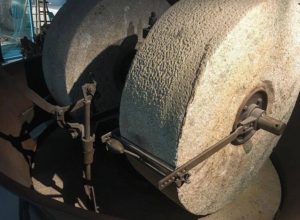Rognes village- Château Barbebelle-2017/6/17
Rognes village- Château Barbebelle-

Rognes is a pretty, historic village situated between Salon de Provence and Aix en Provence, not far from the banks of the Durance River. The origin of the village dates back to the stone-age and it was built on the slopes of the Foussa (the name of the hill). It was built, destroyed and rebuilt several times over the centuries until the terrible day in 1909 when it was almost totally destroyed by an earthquake, and later abandoned.
Today the village is peacefully nestled at the foot of the Rognes hill and you can even see some of the original streets and houses which escaped the disaster.
The main industry in Rognes has always been agriculture with the vineyards producing the AOC “Coteaux d’Aix”wine which has an excellent reputation. The cultivation of the truffle has been honoured for some years by a fair held in December.
Rognes is equally well-known for the quality of its stone which has been extracted from open-cast quarries for more than 20 centuries. This same stone has become trendy today and is often seen gracing interior design magazines or in renovated residences, town-houses or prestigious properties in Aix-en-Provence.
Famous for its wine, truffles and stone, the surrounding countryside is also beautiful to discover. Large fields, carefully cultivated or left to grow wild, small modest dwellings or beautiful bourgeois residences… there is an impression that nothing has changed here for centuries and that the tranquil life-style has always reigned.
Population : 3,500 h.
Château Barbebelle-
Lands cultivated by Romans, a typical château from 16th centuries, 45 hectares of vines in a preserved and authentic 300 hectares nature : Château Barbebelle is one of the oldest vineyard of Aix en Provence. It is the stronghold of the Herbeau family. An history that continues with the 4th generation: Madeleine decided to join her father to write in four hands the future of the family business. Together, they intend to continue to consolidate the reputation of home wines ( wine type: “lutte raisonnée”) and highlight the qualities and the typicity of their terroir in France and in many countries.
At 16 kms of Aix-en-Provence, on the road to the Luberon, the Coteaux d’Aix en Provence vineyard occupies 45 hectares in a single estate of 300 hectares. It is in the heart of a protected wildlife, between cypress trees, pines and holm oaks, that vines draw all their wealth to give quality wines. The grape varieties of the appellation (grenache, syrah, cabernet-sauvignon, cinsault, vermentino, sauvignon …) are settled on a homogeneous territory of clayey-limestone slopes on a hilly relief, favorable to viticulture, very representative of Provence » The vineyards in Coteaux enjoy an excellent sunshine. Nevertheless, they do not suffer too much from the heat.
Clay and limestone soils retain moisture. The rugged relief ensures good ventilation and the average altitude of the vineyard – 370 meters – gives fresh nights even in summer. Finally, the mistral de Provence naturally cleanses the grapes. This brings a little respite to the plants which ripen with more regularity. In addition, the field practices respect for the environment and for quality a reasoned agriculture validated by the label « Mediterranean nutrition »(treatments are minimized).
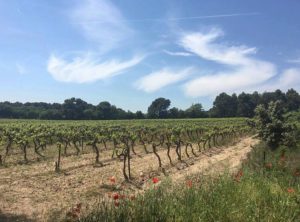
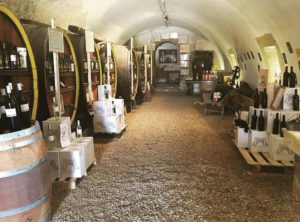
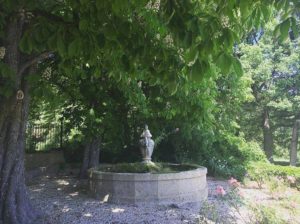
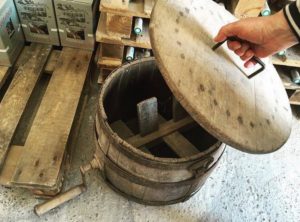
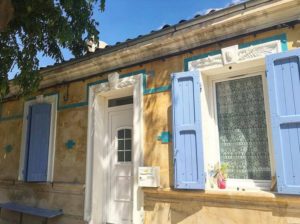
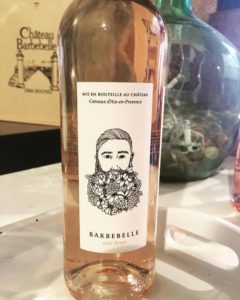
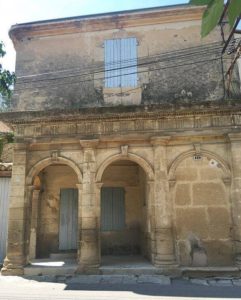
http://www.chateaubarbebelle.com/
http://www.festivites-rognes.fr/fete-de-la-truffe/
Château LaCoste- Le Puy Ste Réparade in Provence.2017/6/13
Château LaCoste- Le Puy Ste Réparade in Provence.
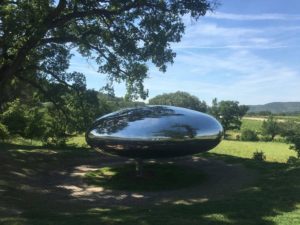
Adhering to biodynamic principles, Château la Coste strives to preserve the terroir, protecting its fertility, safeguarding the essence of the soil. Designed by French architect Jean Nouvel the wine making Chai was inaugurated with the grape harvest of 2008.
In 2009 Château LaCoste wines were given the French organic label “AB” in recognition of the respect shown to the land along with the methods used which are in perfect harmony with nature.
Château La Coste is a vineyard where Wine, Art & Architecture live in harmony. Artists and architects were invited to visit the Domain and discover the beauty of Provence. In turn, they were encouraged to choose a place in the landscape that spoke directly to them and were given the freedom to create a work that would live there. Château La Coste will continue to evolve as new projects and installations are developed.
The walk through wooded hilltops and valleys, alongside olive groves and vine fields, can be taken at any pace, discovering the many installations of contemporary art.
The Art Centre for Château La Coste was created by Tadao Ando. The building showcases many of the Japanese master’s signature elements to create an extraordinary experience of light and space in nature. A vast infinity pool of water, one wing of the ‘V’ houses is the reception and bookshop. The other wing includes a restaurant which overlooks the water and vines.
Tadao Ando’s uniquely smooth concrete walls are marked by a series of conical points and are organised into tatami proportions. His sculptural use of this medium creates strong geometric lines, framed points of view and a variety of reflections throughout the day. The interplay between interior and exterior spaces is seen everywhere in the building.
“What I tried to do here, because of the presence of Cézanne in Aix, is create new works close to nature.” Tadao Ando says. “I wanted to capture the same, very humble spirit of a Cézanne painting.”
Three types of culinary experiences are offered.
At the Tadao Ando’s restaurant the menu highlights seasonal produce from the organic vegetable garden specially designed by Louis Benech. Provençal and Mediterranean dishes are freshly prepared in our kitchen and served throughout the day.
The Terrace is an outdoor café using ingredients from the kitchen garden, the menu offers fresh salads, veloutés, home-made tarts, farmers cheeses and organic charcuterie, accompanied by the wines of the domain.
You can enjoy live music throughout the summer.
The restaurant Mallmann: mediterranean fish roasted in a clay oven, Charolais beef cooked over fires. Fresh vegetables and herbs from Provence cooked “Rescoldo” style – buried in ashes. A long roll up of vegetables marinated and seared to perfection on the plancha. Charred summer fruits with homemade ice cream and dulce de leche pancakes for dessert.
On show at Château La Coste now: Hiroshi Sugimoto – The Sea and The Mirror
Exhibition 9th of May – 3rd of September
At the new Renzo Piano Pavilion.
Concerts at the Music Pavilion by Frank O. Gehry: Saturday 3rd of June : Joe Bel
Saturday 10th of June : Diva Faune
Saturday 17th of June : Raphaël Imbert
Saturday 24th of June : Joulik
Cinéma in the vines: Château La Coste is organising for the sixth year running its evenings of Cinéma in the Vines
Saturday 8th of July : Manhattan by Woody Allen
Saturday 15th of July : The Intouchables by Eric Toledano et Olivier Nakache.
Saturday 22nd of July : Whiplash by Damien Chazelle.
Saturday 29th of July : La vie est un long fleuve tranquille by Etienne Chatilliez
Saturday 12th of August : E.T. by Steven Spielberg
Saturday 19th of August : Peau d’âne de Jacques Demy

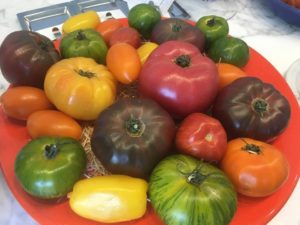
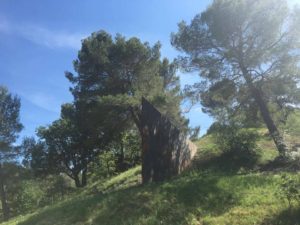
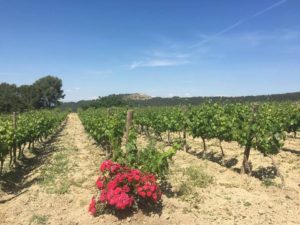
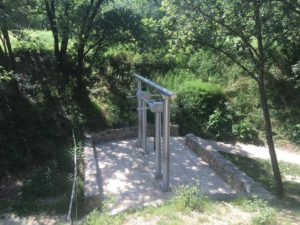

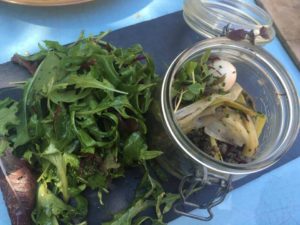
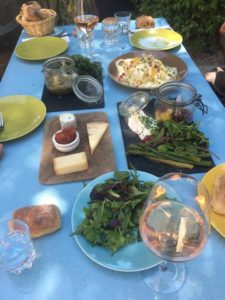
http://chateau-la-coste.com/directions/
Restaurant Une Table, Au Sud- Marseille, Old Port.2017/6/11
Restaurant Une Table, Au Sud- Marseille, Old Port.
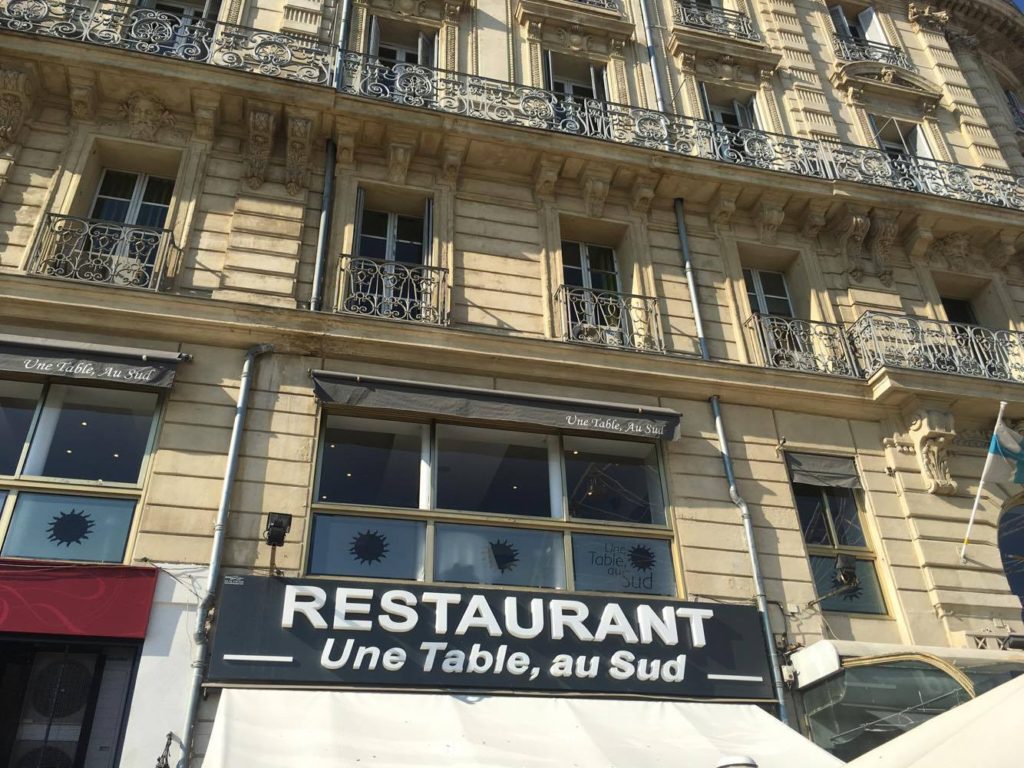

On 1st of January 2013, when Marseilles became European Capital of Culture, Ludovic and Karine Turac took over the restaurant Une Table au Sud.
The 27-year-old Ludovic Turac from Marseille, who has made his classes between a few large Parisian tables (the Bristol and Guy Savoy, then the Hôtel du Castelet and the Top Chef 2 contest), and his wife Karine (sommelier and theater director) , hold now the colors of one of the most beautiful tables of Marseille.
A Table in the South has recently been awarded a star with the famous Michelin Guide, thus making Ludovic the youngest starred chef 2015.
Many fish, chosen every morning on the Vieux Port, vegetables of Provence, meats of the Southern Alps and especially the love of the work well executed.
Same philosophy for Karine’s cellar. Work, the South and sobriety.
Moving away from the labels to get closer to the winemakers.
Warm welcome from Tuesday to Saturday at lunch and dinner as well as Sunday lunch under the protective eyes of the Bonne Mère (Notre Dame de la Garde) and the splendid view over the Old Port of Marseille.
Michelin Guide review:
“At the helm of this restaurant resolutely anchored in the South of France, you will find Ludovic Turac, a young chef featured on France’s ‘Top Chef’ TV show. His inventive and confident cooking artfully cultivates the spirit of the region – Provençal vegetables and locally sourced fish.”
One MICHELIN Star : “High quality cooking, worth a stop!
Using top quality ingredients, dishes with distinct flavours are carefully prepared to a consistently high standard.”
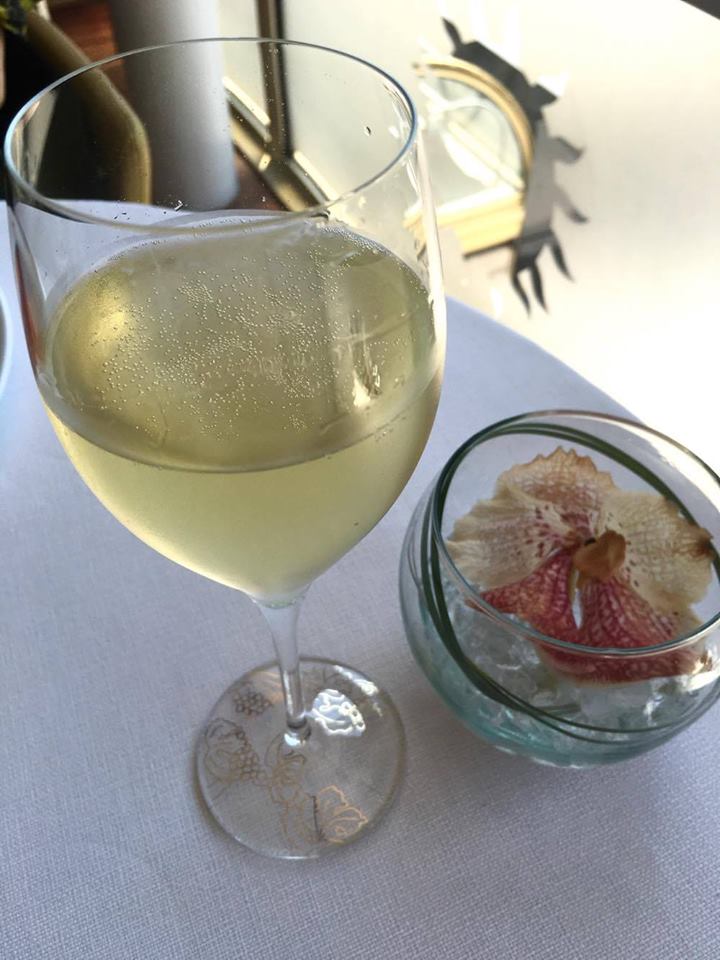
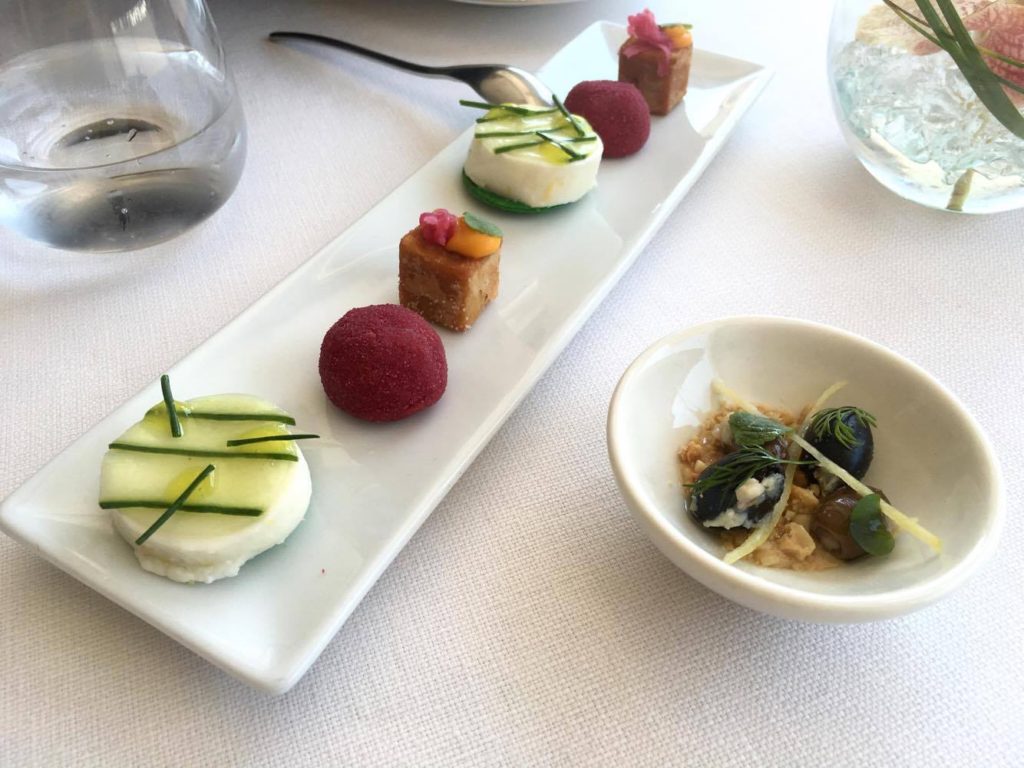
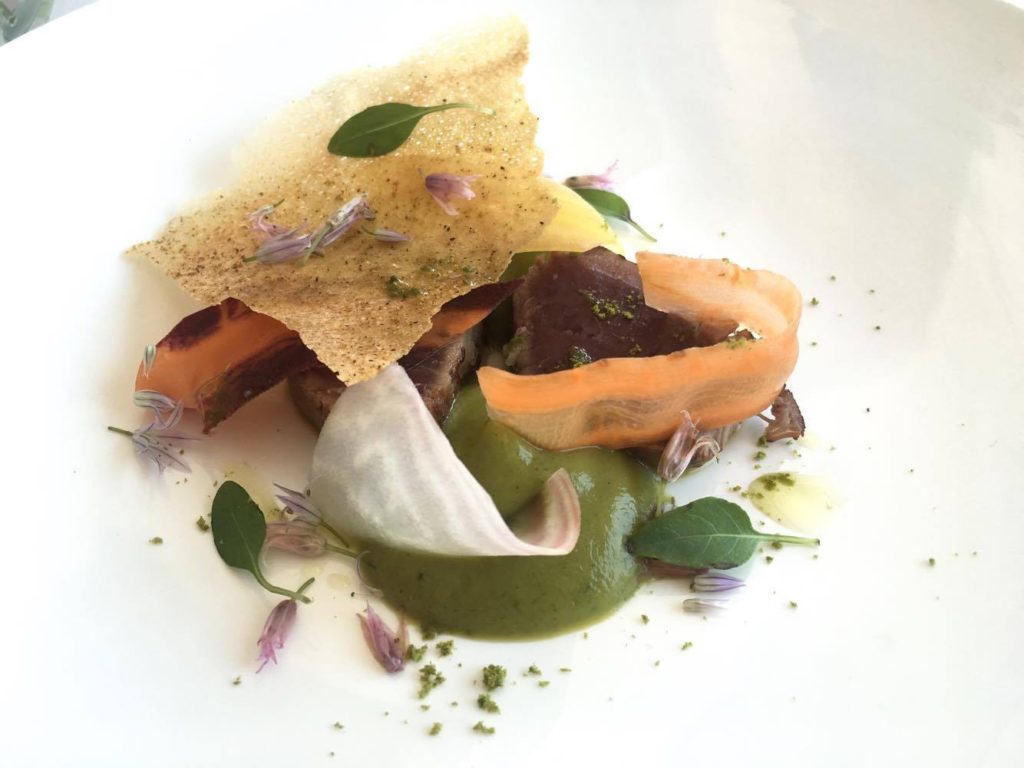

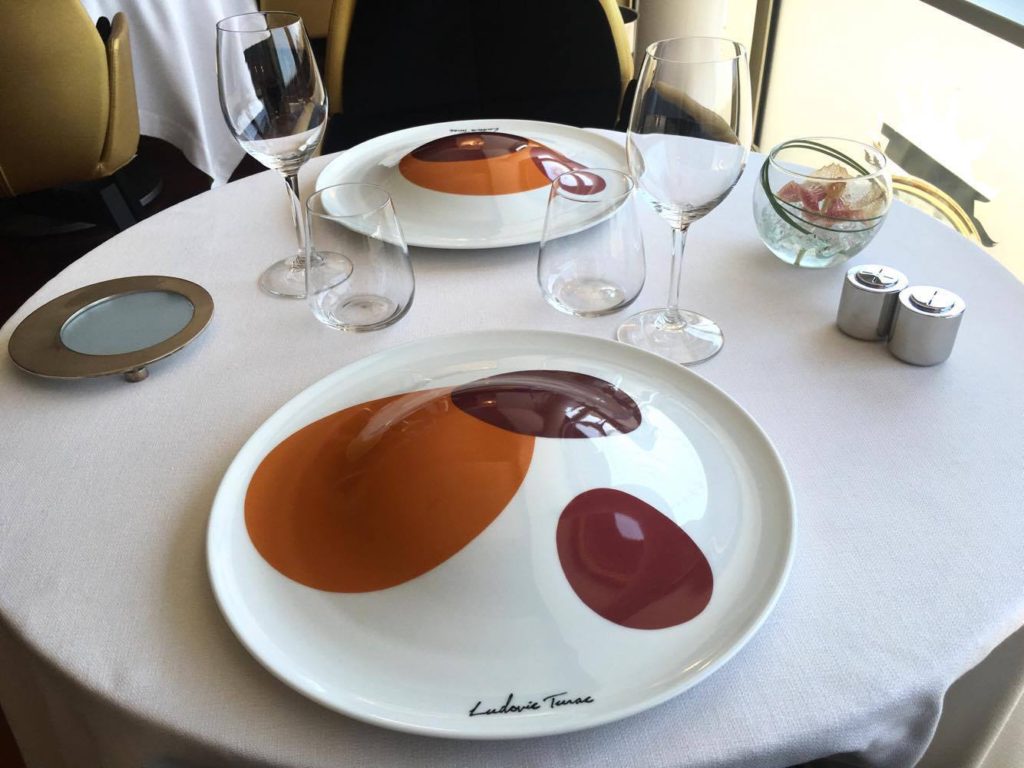

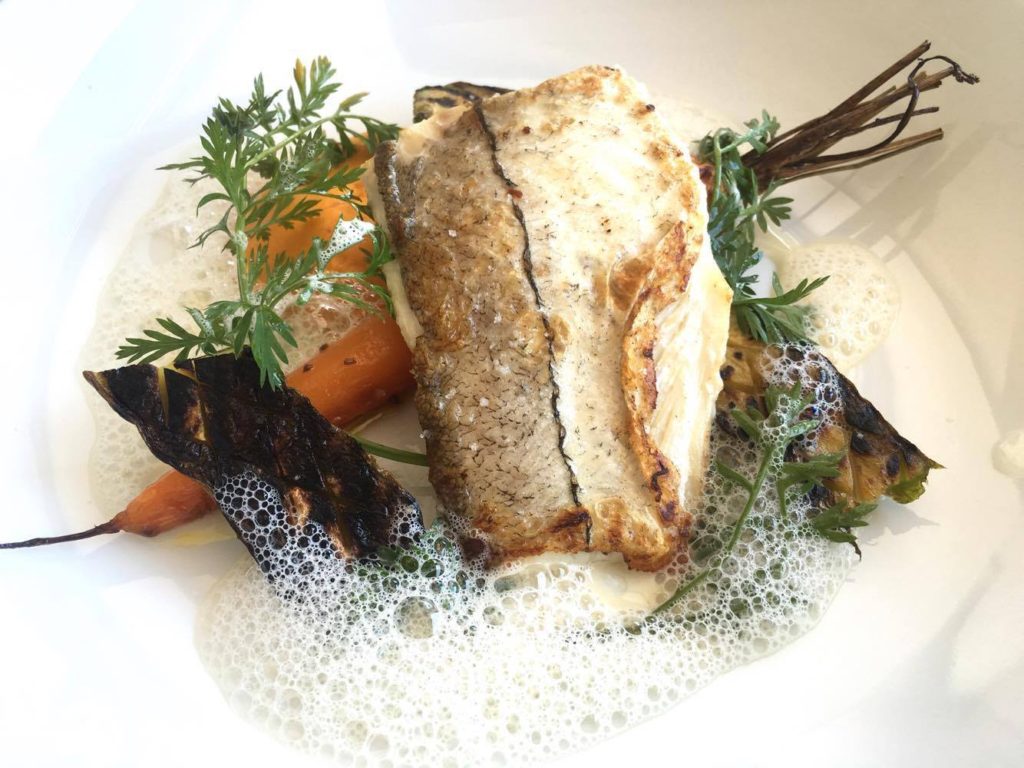
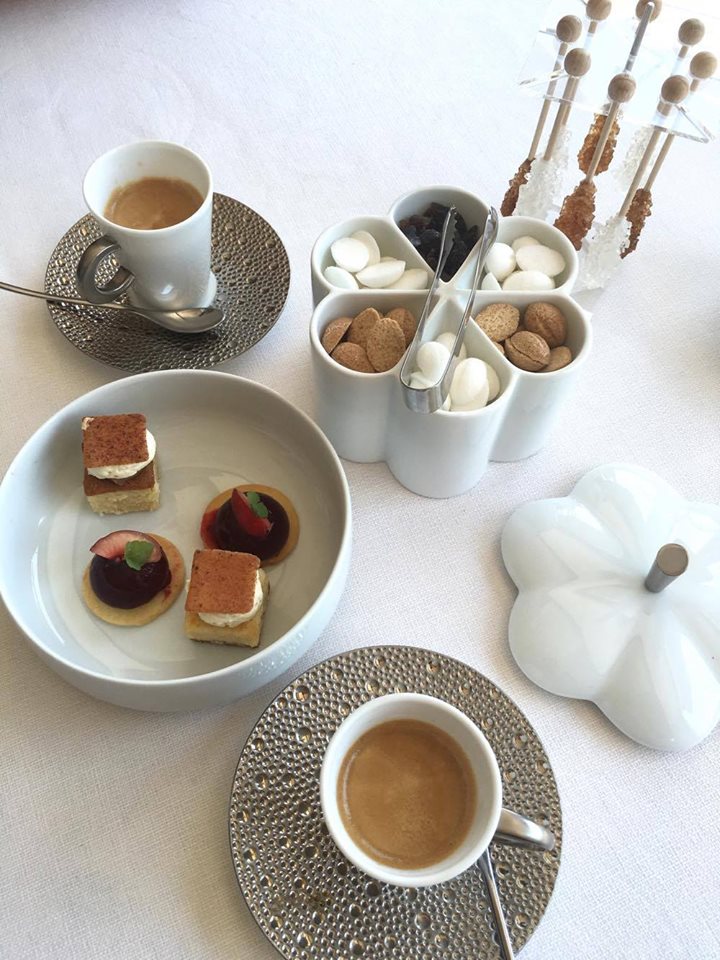
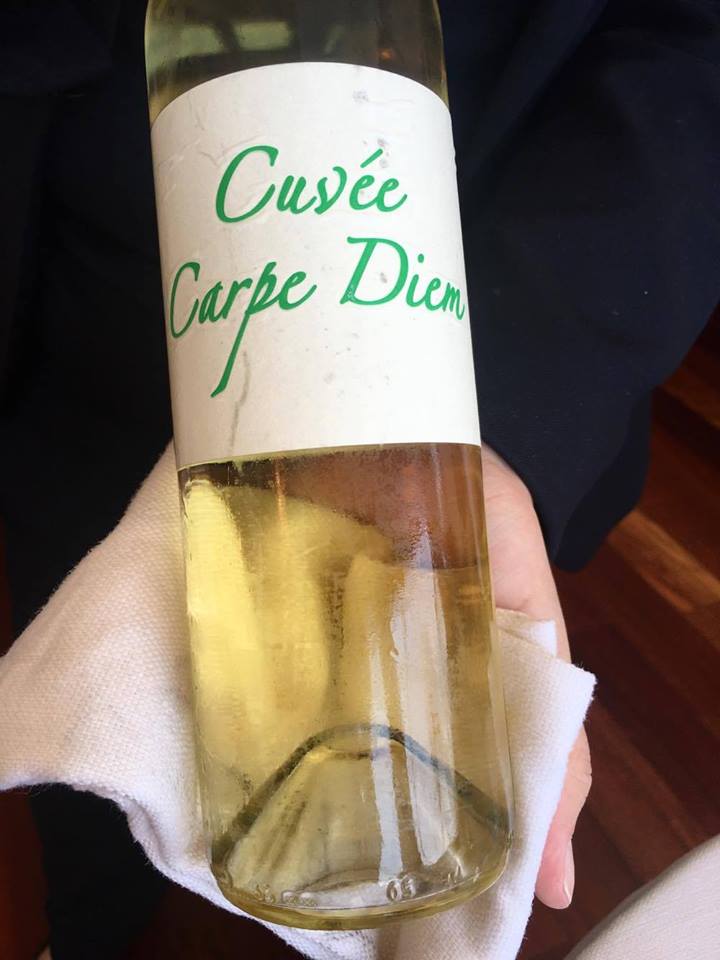
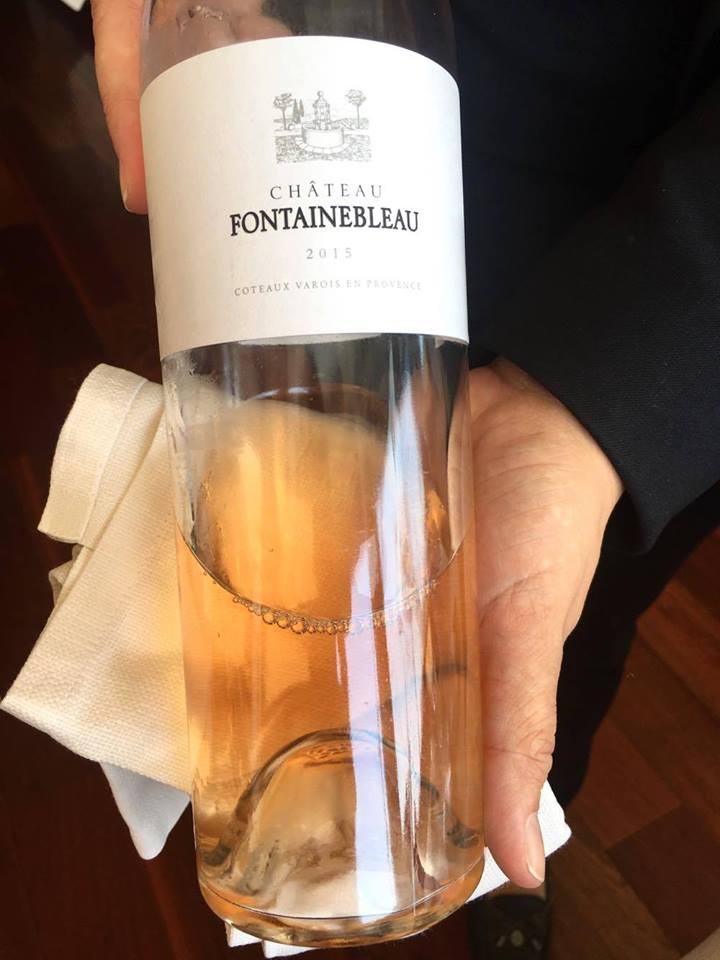
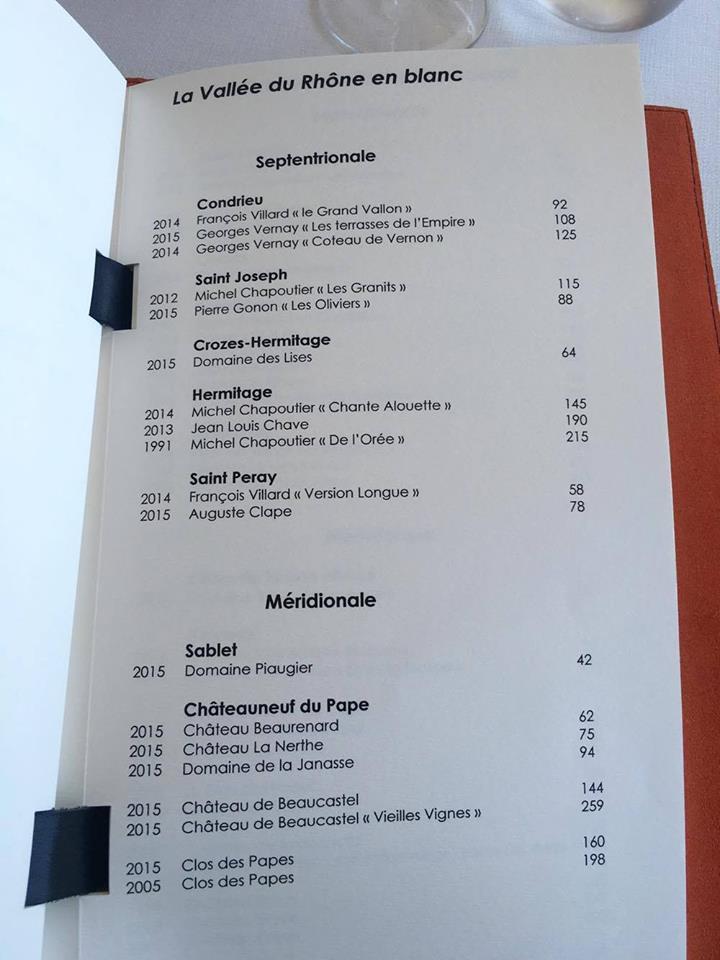

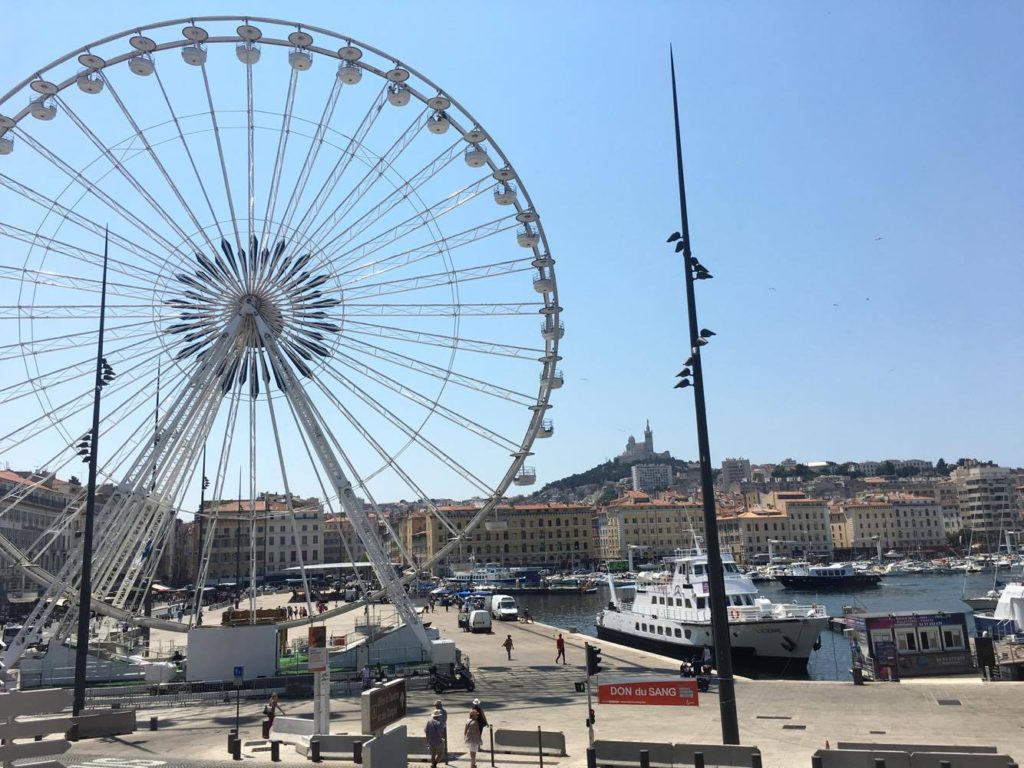
Ecomuseum of the Olive tree- Volx, Provence.2017/6/3
Ecomuseum of the Olive tree- Volx, Provence.
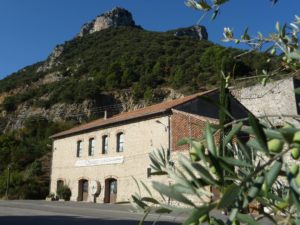
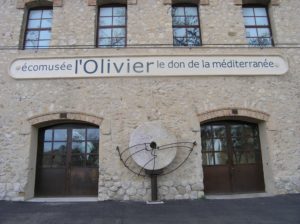
This eco-museum 10km from Manosque in Volx honours Olive tree, symbol of the Mediterranean Sea.
In the former building of Lime kilns, this ecomuseum tells the story of the Men of the olive tree.
They are born in Provence, Italy, Lebanon, Greece, Spain, Croatia, Jordan…Their history is similar, yet different every time.
Gift of sky or earth, the Olive is the tree that nourishes men and lights their houses.
The olive tree unites the three religions of the Book, for it is “neither Eastern nor Western”. It is the gift of the Mediterranean.
This museum is a place for history and recollection. It tells the story of the olive tree which, along with the grapevine and wheat, is a symbol of Mediterranean civilisation. It is an important conquest for the economy and culture of the people who ring the mediterranean.
Talking about the olive tree also means remembering and paying homage to the men and women of the olive tree who know how to approach it, look at it and help it to live.
The extension of the olive tree is linked to the establishment of the Mediterranean climate. In the Mediterranean world, the domesticated olive tree spread from the East from c.4000 BC. The oil was a precious substance produced in Palestine and transported by caravan to Mesopotamia, to Egypt of the Pharaohs, particularly to supply perfumers, doctors and embalmers.
But it was above all in Greece, where cultivation of the olive tree was extended, that olive oil established itself as a foodstuff and source of light, and where the olive tree was celebrated as the most noble of plants. Greek and Phoenician merchants took the oil to the entire Mediterranean world. In Provence, Phocaean traders (from Phocea in Turkey, which was Greek at the time) introduced the olive when they founded Massilia (Marseille) in 600BC.
The eternal tree.
It is said that when the Persians burned the Acropolis, the olive trees sacred to Athena began to grow back as early as the following day. It is said that the tree of Roquebrune-Cap-Martin in the Maritime Alps, its trunk measuring 65 feet around its circumference, is more tahn one thousand years old. It is also said that the olive trees of the Mount of Olives, in Jerusalem, were contemporaneous with Christ.
And that there is, on the Greek island of Egine, an olive tree so old that it was alive during the reign of Constantine, the first Christian emperor(306 to 337 A.D). It is even said that the olive trees of Bchaale, in the north of Lebanon, are likely to be more than 6000 years old. It is said that the olive tree is eternal. Science remains cautious, because dendrochronology, the scientic method that uses cross sections of trunks for dating trees, isn’t applicable to the olive tree, because its rings, or growth-rings, are often split and undecipherable.
However, there is reason to believe that the olive is almost immortal because it really never dies of old age.
When it is not tented, or even when it is assailed by a frost or fire, shoots of new growth emerge again from its stump and a new tree replaces it, its genetic twin.
The life of a tree.
At ten to twelve years, the olive tree begins to bear fruit. If it receives intensive care, the first olives may appear by the end of five years, but it only becomes truly productive closer to thirty-five years. As long as the light can penetrate, as long as it is aerated, and as long as it is maintained with a good leaf/root balance, the olive remains young. So, when the grower lends it a hand, the olive tree will continue to bear fruit time and time again for thousands of years.
Ecomusée l’Olivier
https://www.ecomusee-olivier.com/
RD13, Ancienne Route de Forcalquier, 04130 Volx
04 86 68 53 15
open Tuesday to Saturday, 10am-6pm.
